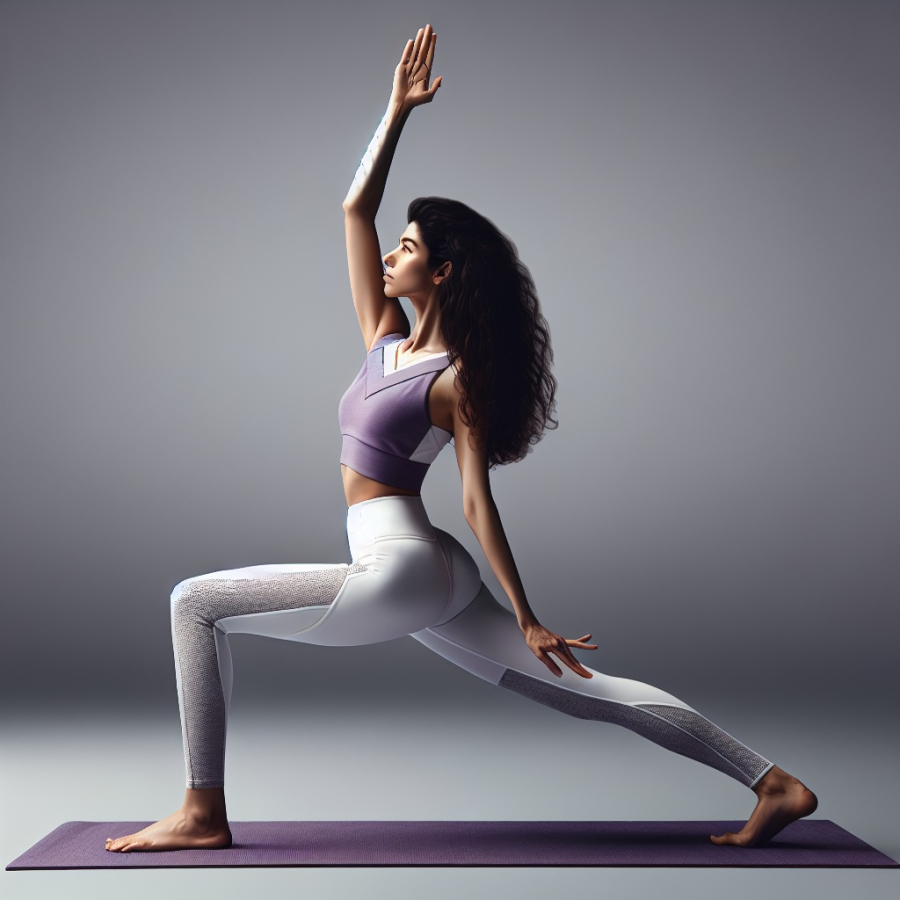Frequent physical activity through exercise is considered one of the most important methods to maintain and improve health. Running and swimming, with their convenience and low cost, are often among the top choices for many people because they are not only easy to apply but also bring many noticeable health benefits. Both activities have positive effects on blood sugar control, making them an ideal choice for people managing their diabetes condition.
However, there is another form of exercise that is also very effective in blood sugar control, which not everyone knows about: yoga. This is a scientific training method that helps restore physical and mental health. The special thing is that yoga is suitable for all people and does not require specific exercise space, making it a flexible and convenient choice. Starting with yoga not only helps improve diabetes but also has many other health benefits to explore.
Lower blood sugar
When stress levels increase, blood glucose levels tend to rise as well. For this reason, people with diabetes are encouraged to practice yoga as a method of mental relaxation and maintaining stable blood sugar levels.
Studies from the University of California in the United States have delved into the effects of physical and mental exercise on blood sugar levels. The findings published show that yoga is effective in reducing blood glucose levels, especially in people with type 2 diabetes.

Improve mental health
Yoga has the ability to bring peace, reduce daily stress and anxiety. Through practicing yoga, you can effectively control your breathing, contributing to improving mental health. Scientific studies have also shown that yoga helps reduce stress, brings happiness, and joy.
According to Dr. Norman E. Rosenthal, clinical psychologist and professor at the Georgetown University School of Medicine in Washington, DC, yoga is effective in combating depression because it enhances flexibility; promotes mindfulness, helps break the cycle of negative thoughts; increases muscle strength; helps you become more aware of your breathing; improves balance and includes meditation factors.
In addition, certain specific yoga poses can eliminate stress and anxiety, thereby enhancing the immune system and enhancing disease prevention capabilities.

Enhance body flexibility
Regular yoga practice can contribute to keeping your body soft and strong, extending the range of motion and increasing the flexibility of muscles and joints. Yoga research shows that performing yoga poses helps soften and stretch muscles and joints, making your body more flexible and agile.
Enhance cardiovascular health
Practicing yoga exercises can help reduce stress and reduce symptoms associated with atrial fibrillation, while supporting the building of a healthy lifestyle, thereby improving cardiovascular function. When participating in yoga classes, blood circulation to the body’s organs as well as the return circulation to the heart is also improved. This contributes to making the heart function more effectively. Scientific studies have also confirmed that yoga enhances blood circulation, thereby improving cardiovascular health and reducing the risk of health problems such as high blood pressure.

Prevent diseases and prolong lifespan
Yoga is considered a key to improving quality of life due to its ability to improve overall mental and physical health. The poses in yoga not only enhance overall health, musculoskeletal system, and cardiovascular system, but also improve the function of the respiratory and circulatory systems, contributing to making the body stronger and minimizing diseases, and can help extend lifespan.
A study by scientists at the University of Calgary showed that practicing yoga can help extend the length of telomeres – DNA structures repeated at the ends of chromosomes, an important factor related to cell lifespan and health. With cell division, telomeres shorten, and this shortening is associated with the aging process. When telomeres become too short, cells can no longer divide and will die. Therefore, maintaining or extending telomere length through yoga can contribute to prolonging cell lifespan, and thereby, prolonging human lifespan.
Comparing Benefits of Cycling and Running as Exercise
Wondering which form of cardio exercise is best for your health and daily exercise routine? Should you cycle or run? This article explores the different benefits of cycling and running, and how either one can help improve your physical and mental wellbeing.
Improving Children’s Vision Through Smartphone Use
As smartphones become an ever-increasing feature of our lives, parents are increasingly anxious about their effects on young eyes. To help them protect their children’s vision, DIEN MAY XANH has some tips on the safer use of Android phones for younger users. Recent research has linked the extended use of smartphones to Myopia, so being mindful of our tips could help to lower the risk of this sight-impairing condition. Read on to find out more about how to better protect your child’s eyesight.



































